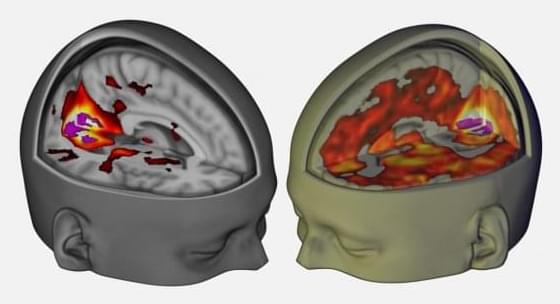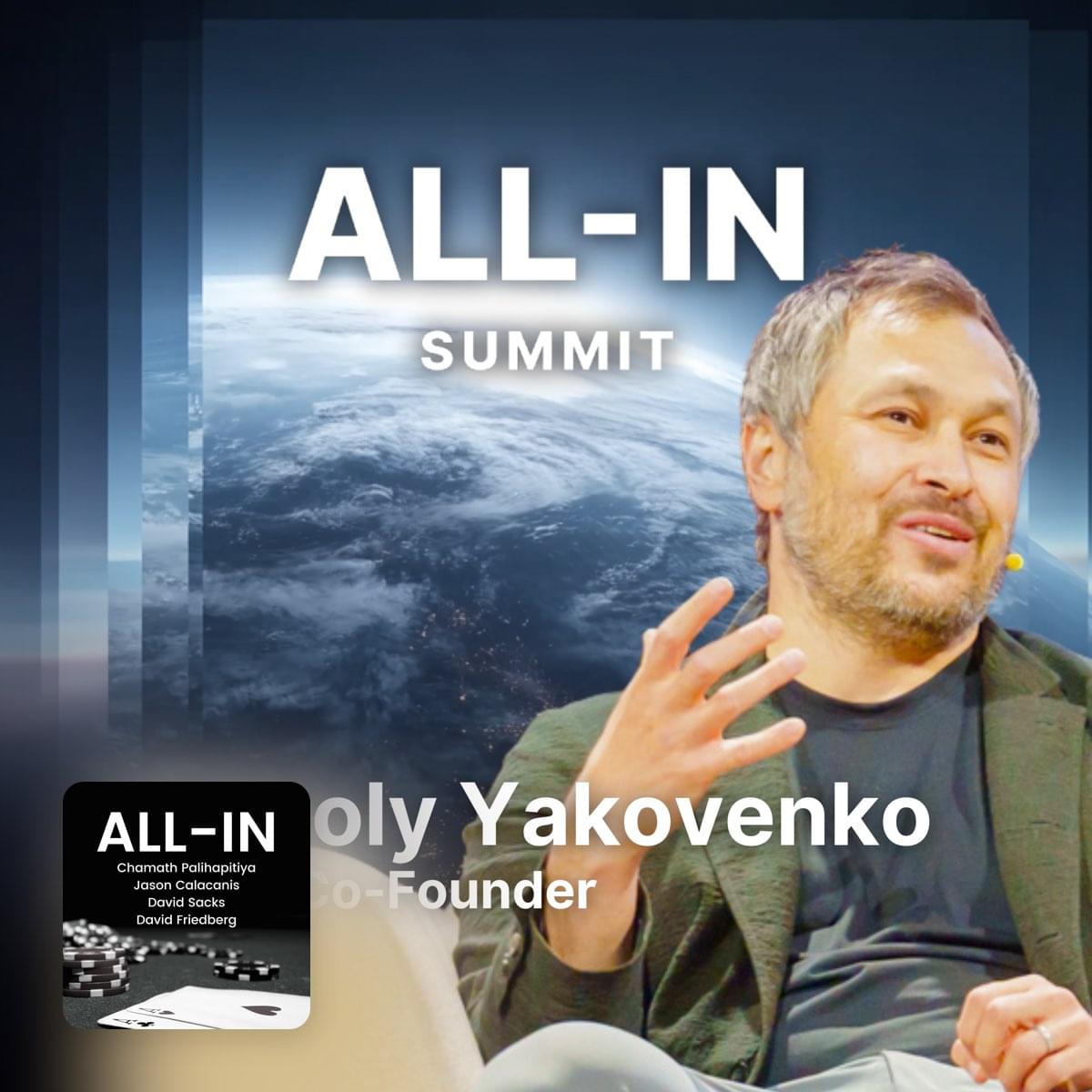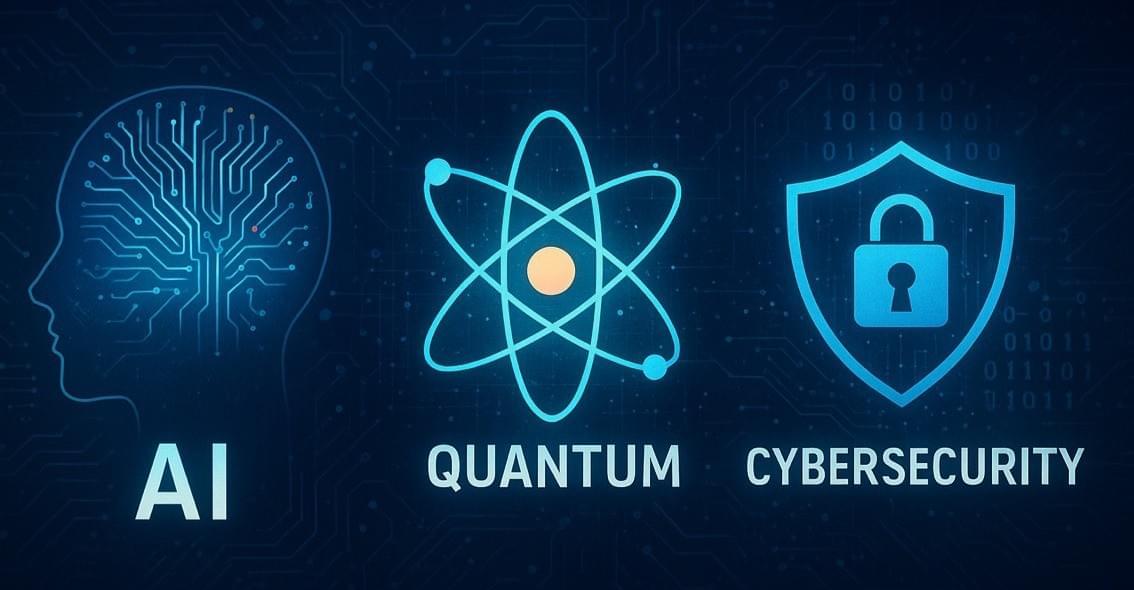Depression, anxiety, PTSD and other maladies of the mind are plaguing our societies. Our medicines are now decades old, and their effectiveness is questionable. Around half of those taking antidepressants experience no benefits. Side effects are common, and relapse rates when stopping the pills can reach 80%.
If someone told you we have a remedy with nearly no relapse, no long term side effects, and life-altering potential, wouldn’t you be curious?
Enter Dr. Ayla Selamoglu (Newnham 2016). As a Trinity postdoc endorsed by biotechnologist Prof. Christopher Lowe OBE, her research centres on psychedelic medicine and drug development.
Psychedelic medicine has the potential to revolutionise psychiatry. And the revolution is starting here.
Dr. Ayla Selamoglu is an expert on psychedelic medicine. Her work shows how nature’s most mysterious compounds provide new ways to combat mental illness.






